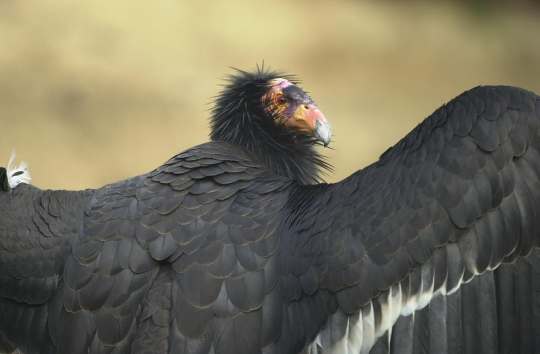#ex situ conservation

“Conservation-induced extinction” is certainly a strange term. Isn’t the entire point of conservation to preventextinction?
Let’s start with the venerated conservation success story of the California condor. In 1987 there were only 22 California condors left in existence, and all 22 birds were brought into human care for the purpose of starting a captive breeding program that would eventually save the species from extinction.
As part of bringing the last California condors into human care, all 22 birds underwent anti-parasitic treatment. As a direct result, in the spring of 1987, Colpocephalum californici–a unique species of louse known to only host on the California condor–was driven to extinction.
It bears mentioning that this extinction was a result of negligence, not intentional destruction; it simply did not occur to the people running the California Condor Recovery Plan to account for parasite conservation. There is no evidence that the California condor louse was harmful to its host or that driving it to extinction was in any way helpful to the captive breeding program.
Now at this point you may be thinking, “Oh, well it was only a parasite, I don’t really care if they go extinct”. However, if you subscribe to the ecological notion that every scrap of biodiversity is precious, why is the California condor louse any less valuable than the California condor?
Beyond the intrinsic value of a species, parasites make up an inextricable part of a host species’ biology. Without them, part of the host’s ecological context is lost forever. For example, scientists estimate that less than half of the cells in a human body are actual human cells; the rest are part of our microbiome. To cleanse ourselves of those other organisms would be to remove half of what makes up the human organism–we would be killing off vital co-passengers that contribute to our immune systems, digestion, and other critical functions.
For thousands of years the louse and the condor–and their evolutionary predecessors before them–impacted each others’ evolutionary trajectories like comets caught in each others’ orbit. The California condor would not be the species it is today without the influence of its now extinct louse. Its future trajectory may be more wobbly and unstable as a result of the louse’s extinction.
Some scientists estimate that nearly half of all species on Earth could be parasites in at least one stage of their lives. Failing to conserve parasites would cost us a huge amount of biodiversity. We would also lose scientific knowledge on the evolutionary history of both parasite and host, we would have less healthy ecosystems, and we would see genetic diversity and fitness atrophy in host species (which is of particular relevance to critically endangered species).

Already, conservation-induced extinction has cost us at least four high profile species other than the California condor louse; these were host-specific parasites from the Guam rail, little spotted kiwi, scimitar horned oryx, and Iberian lynx. As more and more species require the help of captive breeding programs, this will only become a larger issue.
We may not like parasites–they may annoy us or make our skin crawl–but they are an important part of our ecosystems and a vital aspect of biodiversity. They deserve to be conserved alongside their hosts, both for their benefit and for the benefit of their hosts.
